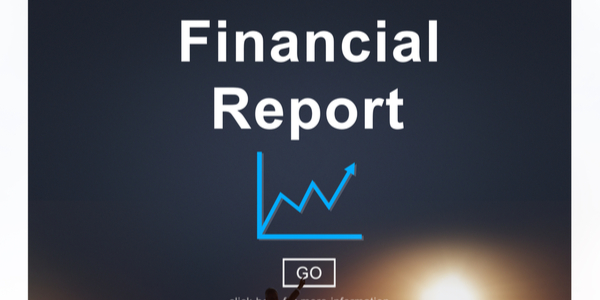Insurance fraud is the second greatest financial crime undertaken in the US; with the first being tax fraud. Every year, over $80 billion worth of fraud takes place, harming lives and businesses in its wake.
Why is Fraud so Rampant?
- Medical providers exploit existing automated billing processes with bogus treatment claims that cannot easily be verified.
- The consensus around insurance fraud is that it is not that severe a crime (i.e. because it is a victimless one) to require harsh punishments and fines.
- Because most hard crimes involving murder, drugs, and violence require a lot of manpower and resources, insurance fraud isn’t given as much legal priority.
- Even in the event that fraud is detected, insurers do not end up going to court because financially the cost to the company isn’t worth it.
- Fraud is considered a lower risk crime than other crimes so not much importance is given to it when it does occur.
Through the prevalence of insurance fraud, innocent consumers suffer by either having to pay higher insurance premiums, lose their money, or in some cases lose their lives in the process.
It is important then to tackle this crime head on. This can be done in the following ways:
- Develop Information Sharing Channels
Most states have laws that guarantee insurers immunity against civil suits when an exchange of case information occurs. These laws were written before the advent of the internet and social media, where information and data have reached unprecedented levels. Laws then need to be updated and rewritten to accommodate this recent development. By sharing information with greater ease, it becomes easier for insurers to identify and track such cases before they become a serious issue.
- More Specific Fraud Laws
States have increasingly begun to realize the need to develop more specific fraud laws to narrow the scope of fraudulent activities in certain areas and provide increased support to their umbrella insurance fraud measures. This way, it becomes easier to address the growing sophistication of fraud activity.
- Optimized Data Analysis
As more information is readily available, it becomes important to sift through all the data to identify fraudulent claims. Predictive analytics has come to the forefront to help in this endeavour. The advanced capabilities of these tools mean that there is greater certainty that a certain claim is fraudulent in nature and can quickly be weeded out. Additionally, by optimizing the validation process of claims through more robust statistical models, the speed at which fraud is detected is increased many times over.
Although the path seems certain in how to tackle insurance fraud, it is more easily said than done. Through barriers such as legacy systems and poor fraud laws that take a considerable amount of time to improve to match the times, it is clear that keeping fraudulent activities at bay requires a lot of hard work, resources, and persistent effort. By optimizing data analysis, developing more specific fraud laws across states, and harnessing greater information sharing channels, the brunt of the work will be completed, allowing consumers and insurers alike to breathe easily once more.







